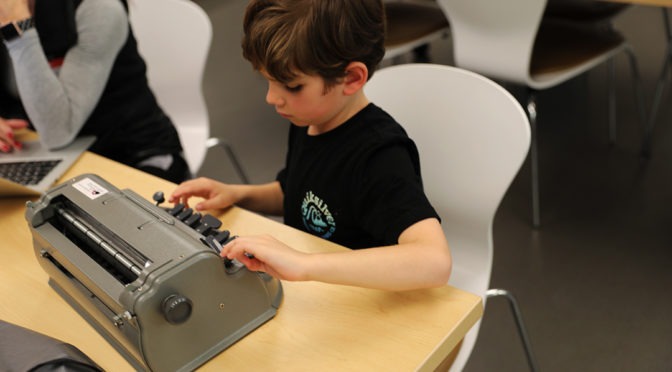By planning a gift through your will, trust or other means, you make a meaningful and lasting difference for blind people of all ages. Whether it’s a family with a blind toddler attending Enchanted Hills Camp for the Blind, professional learning to commute on public transit, or a senior learning skills to remain independent while adjusting to Macular Degeneration, LightHouse is a beacon of possibility.
We hope you’ll be part of our future and future generations of blind people.
If you would like to learn more about gifts through will and trusts, or if you have already included LightHouse in your estate plans, contact Karen Thompson, Sr. Director of Individual and Institutional Giving, at KThompson@lighthouse-sf.org or 415-694-7695.
501(c)(3) Tax ID: 94-1415317
Join the LightHouse Legacy Society
The LightHouse Legacy Society is a group of donors who have expressed their wish to support the LightHouse for the Blind or Enchanted Hills Camp through their estate. All legacy donors who wish to be are recognized with a plaque on our donor wall, in the annual report and on the web.
Hank Boerenko
Lisa Carvalho & David Mager
Joseph K. Chan
Margie Donovan
Joan M. Dove
Lewis J. Feldman
Robert R. Foster
Jonathan Funk
Gena Harper
Dolores Ippolito
Roger Kallen
Justin Kim
Judith Kuhnle
Jerry A. Kuns
Inez E. Martini
Marjorie McWee
Ann Noble
Robert E. O’Donnell
Frederic A. and Kristine Silva
Richard W. Stevens & Virginia Behm
David L. and Regula Weill
Martin and Rosan Weissman
Jennifer Westbrook
Greg Wong
To join the LightHouse Legacy Society sign and return the attached form to giving@lighthouse-sf.org.
Ways to Give
Gifts in your will
You can make a gift to LightHouse through your will or trust. This document provides an example of how you can include a bequest for LightHouse in your will.
Beneficiary Designations
You can make LightHouse a beneficiary of a retirement, life insurance, bank account or another account. These gifts are easy to make and can be tax beneficial.
Gifts that pay you income
A charitable gift annuity (CGA) is a way to support LightHouse while providing income for yourself now and into the future, and gaining tax benefits today. A CGA is a contract between you and LightHouse, in which you make a donation to LightHouse and in return, you receive a steady, fixed income stream for life. At the end of your lifetime, the remaining donation goes to support LightHouse’s life-changing programs.
LightHouse’s CGA program is administered by the Silicon Valley Community Foundation. To learn more about setting up a CGA, contact Silicon Valley Community Foundation at 650-450-5444 or donate@siliconvalleycf.org.
Download LightHouse’s accessible Planned Giving Guide (PDF) or Planned Giving Guide (Word) for more information on ways to plan a legacy gift.
If you have any questions about legacy giving, would like to join the LightHouse Legacy Society or inform us of a planned gift, please contact Karen Thompson, Sr. Director of Individual and Institutional Giving, at KThompson@lighthouse-sf.org or 415-694-7695 .


